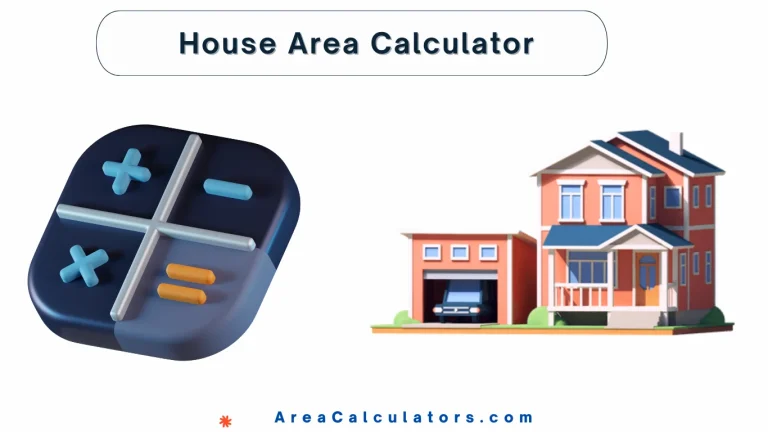When it comes to weight loss, most people think of treadmills, meal plans, or gym workouts. But there’s a natural, scenic, and highly effective method hiding in plain sight: hiking.
Hiking is a full-body workout disguised as adventure. It blends cardiovascular effort, strength training, and mental wellness—all while torching calories. With a well-tuned Hiking Weight Loss Calculator, you can measure exactly how effective your trek is in helping you reach your fitness goals.
This guide walks you through how to calculate calorie burn, the factors that affect weight loss while hiking, and how to optimize your results.
Understanding the Hiking Weight Loss Calculator
The Hiking Weight Loss Calculator helps estimate how many calories you burn during a hike. It considers multiple variables:
-
Your body weight
-
Duration of the hike
-
Pace or speed
-
Terrain difficulty
-
Elevation gain
-
The weight of your backpack
These factors allow for a customized estimate—because a casual one-hour nature walk doesn’t burn the same as a high-altitude, four-hour trek with 20 pounds on your back.
How Hiking Burns Calories
Calories are a measure of energy, and hiking requires a lot of it. The act of moving your body against gravity, navigating uneven surfaces, and carrying gear makes hiking more physically demanding than flat-surface walking.
Every step you take involves:
-
Leg muscles pushing your body weight forward and upward
-
Core stabilization to maintain balance on inclines or rocky paths
-
Increased cardiovascular activity, especially at altitude or during inclines
Because hiking often involves prolonged movement over hours, it has the power to create a significant calorie deficit—the foundation of all weight loss.
Key Factors That Influence Calorie Burn While Hiking
Body Weight
Contents
Heavier individuals burn more calories doing the same activity because their bodies require more energy to move.
Duration and Intensity
The longer and more vigorous the hike, the more calories you burn. Short hikes with gentle elevation burn fewer calories than multi-hour treks with steep climbs.
Terrain and Elevation Gain
Climbing hills, navigating uneven trails, and hiking at altitude dramatically increase effort and therefore calorie expenditure.
Backpack Weight
Adding weight makes your body work harder. A hiker carrying a 15-pound pack will burn significantly more than someone carrying nothing.
Speed and Pacing
Faster hiking speeds lead to higher heart rates and calorie burn. However, the steepness of the terrain often limits how fast you can go.
The Hiking Calorie Burn Formula
While calculators use varying methods, the core equation looks like this:
-
MET (Metabolic Equivalent of Task) is a value that represents energy cost.
-
Flat trail: 6.0 MET
-
Moderate incline: 7.5 MET
-
Steep trail with backpack: 9.0+ MET
-
Example Calculation:
If you weigh 75 kg and hike a moderate incline for 2 hours at 7.5 MET:
That’s a powerful burn—and repeated consistently, it leads to real weight loss results.
How Weight Loss Happens Through Hiking
Weight loss occurs when you burn more calories than you consume. This creates a calorie deficit.
One pound of body fat = approximately 3,500 calories
So, if you burn 500 extra calories per day through hiking (while keeping your food intake stable), you could lose 1 pound per week.
Hiking’s advantage is that it doesn’t feel like a chore—so you’re more likely to stick with it.
Use Cases Where the Calculator Really Helps
🚗 Weight Management in Busy Lifestyles
Hiking offers a flexible schedule—you can go on weekends or even short hikes during weekday mornings. Knowing how many calories you burn helps you plan meals, balance energy, and set realistic weight loss goals.
✈️ Aerospace or Military Fitness Readiness
Training for duty or space travel often includes endurance hikes with weighted gear. The calculator helps you track workload and adjust physical conditioning programs accordingly.
⚙️ Sports & Performance Optimization
Athletes and fitness enthusiasts use hiking as cross-training. By measuring calories burned per trek, they can fine-tune recovery days and fat-loss cycles.
🎢 Recreational Hikers Wanting Results
For those who hike for fun but still want fitness benefits, the calculator makes hikes more goal-oriented without taking away from the experience.
Tips to Maximize Weight Loss While Hiking
-
Choose Steeper Trails: More elevation = more effort = more calories burned
-
Add Backpack Weight Gradually: Boosts calorie burn, but don’t strain your joints
-
Maintain a Brisk Pace: Push your heart rate into the fat-burning zone
-
Extend Your Duration: More time on the trail = greater caloric output
-
Stay Hydrated: Dehydration reduces performance and limits fat burn
-
Log Your Progress: Use journals or apps to track hikes and calories
Common Mistakes to Avoid
-
Overestimating Calories Burned: Use conservative MET values for realistic results
-
Ignoring Nutrition: Hiking doesn’t counteract poor eating habits
-
Undertraining: Don’t expect major weight loss from casual, infrequent strolls
-
Neglecting Rest and Recovery: Overhiking without rest can lead to fatigue and injury
-
Wearing Improper Gear: Poor footwear or overloaded backpacks increase injury risk
Realistic Results: What to Expect
Most people can burn 400–800 calories per hour of hiking, depending on weight, intensity, and terrain.
If you hike 3–5 times a week and maintain a mild calorie deficit, 1–2 pounds of weight loss per week is sustainable and healthy.
It’s not about racing to the finish—it’s about turning the trail into a long-term fat-burning lifestyle.
FAQs: Hiking for Weight Loss
Q: How often should I hike to lose weight?
A: Aim for at least 3–4 sessions per week, 45–90 minutes each, for consistent results.
Q: Is hiking better than running for fat loss?
A: Hiking is lower impact and burns fewer calories per minute than running, but it’s easier to sustain longer and is better for joint health.
Q: Should I hike on an empty stomach for fat loss?
A: Some prefer fasted hiking in the morning, but overall calorie balance during the day is more important.
Q: How do I avoid muscle loss while hiking for fat loss?
A: Eat enough protein and include strength training or incline hikes to preserve lean muscle.
Q: Can I use a smartwatch to track calorie burn accurately?
A: Yes, smartwatches with GPS and heart-rate monitors offer fairly accurate calorie estimates—especially when synced with personal data.
Conclusion:
Hiking is more than an adventure—it’s a tool for transformation. With the Hiking Weight Loss Calculator, you can turn every step into a measurable move toward your goals. It’s not about extremes or sprints. It’s about intentional movement, connection to nature, and consistency.
Whether you’re a beginner or a seasoned trekker, your journey to weight loss and fitness can begin with one step—and now, you can calculate exactly where it’s taking you.





